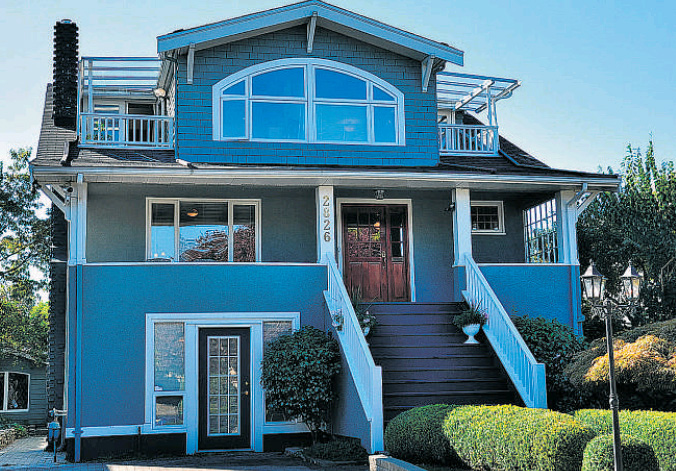City hall development incentives a way to avoid priority discussions
Bob Ransford
Sun

This east-side Vancouver home, at 2826 Trinity, recently sold for $1.15 million, $71,000 over the asking price.

East-side address generates last price $71,000 above list.
Does it make for good community-building to sell residential density in return for market rental housing? That’s a question being debated among politicians, planners, developers and neighbourhood activists as the City of Vancouver wrestles with finding the right tools to try to help fix the housing affordability problem and address the shortage of market rental apartments.
More than half the residences in Vancouver are rental homes, yet only about six per cent of new market residential development in Vancouver since 2004 has been for rental housing. This has resulted in a very tight market for rental housing.
The City of Vancouver recently decided to launch a new program to encourage the construction of more purpose-built rental housing. The Short Term Incentives for Rental Housing program — or STIR — is a time-limited program that responds to the market rental shortage by providing incentives to encourage the development of new market rental housing. The incentive package includes, among other things, an increase in density for development projects that provide market rental projects. Recently, the city has also offered bonus density for proposed new condominium developments in return for a portion of the project being market rental units.
Some are arguing that the city shouldn’t be selling density in return for market rental housing, but instead reserve this density trading system for more vital benefits for the community, such as parks, child-care facilities, recreational infrastructure, etc.
That’s an interesting debate. But there are a couple of questions when it comes to trading density and extracting value from development.
First, should building density be a commodity for sale in return for certain social benefits and community amenities?
Second, and a more important question, are these “extractions” traded in the development process for growth, and sometimes extra density, merely invisible taxes hidden in the high cost?
Vancouver has designed the system so that it uses the power of discretionary development regulation to negotiate with developers the payment of community amenity “contributions” and the provision of special benefits, such as market rental housing.
But that system may also be at the root of Vancouver’s high cost of housing. Someone ends up paying for these costs.
Many land economists will tell you the land owner pays by ending up receiving less for developable land since the cost to the developer will have increased. Others will suggest the costs get passed on to new homeowners. Not many believe the developer ends up paying, because most understand developers aren’t prepared to risk by investing in a project that doesn’t provide a return commensurate with the risk.
The fact is that all residents pay. The costs of financing public amenities and community contributions are borne by all in the cost of housing.
The supply of land is not infinite. If land owners end up paying, the cost of development land increases. If new homeowners end up paying, the free marketplace puts upward pressure on all housing prices and on the assessed value of everyone’s home.
These costs imposed by the discretionary land entitlement process are taxes — plain and simple.
It might be argued that if development didn’t help finance infrastructure and community benefits, we would end up paying for these requirements in our property taxes. That is a fair argument.
When we pay taxes and governments finance infrastructure, amenities and services from property taxes, everything is transparent and a public debate can occur — a debate about priorities.
When costs are merely covered by hidden taxes, like those charges hidden in the cost of new development, those questions are never asked.
Bob Ransford is a consultant with CounterPoint Communications. He is a former real estate developer who specializes in urban land use issues.
© Copyright (c) The Vancouver Sun

